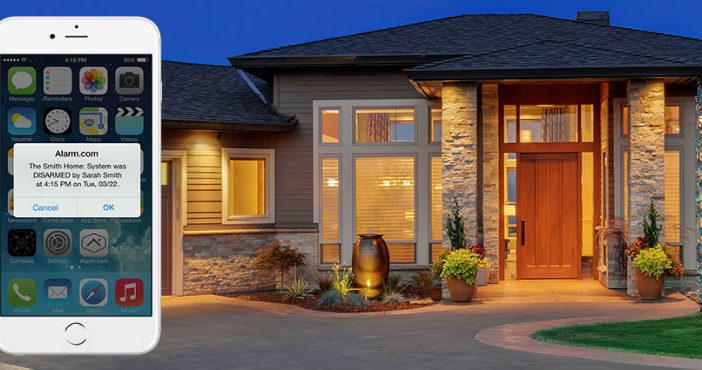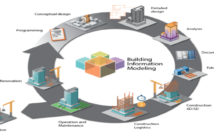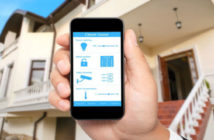The global connected home security market on basis of region is segmented into North America, Europe, Asia Pacific, Latin America, Middle East, and Africa. The market for connected home security in North America accounted for the largest share of the global connected home security market in 2016. Growth in this region is attributed to increasing demand for connected home devices, including digitally connected and remote controlled devices within a house. These include thermostats, lighting, security, and entertainment systems, in turn increasing demand for connected home security. According to the Coherent Market Insights analysis, the North America market for smart homes device was valued at around US$ 7.01 billion in 2017, which is 47.68% of the global revenue in the smart home market.
Request For Sample Copy of this Research Report :
https://www.coherentmarketinsights.com/insight/request-sample/1349
Connected home security is a set of combined systems linked to a house by Wi-Fi networks, which is responsible for monitoring, managing, and controlling security devices using smartphones.
Home security systems typically include door and window sensors, motion detectors, sirens, smoke detectors, water sensors, and a hub that communicates with these devices using one or more wireless protocols such as Wi-Fi and ZigBee.
Major factor driving growth of the connected home security market is increasing adoption of the internet of things (IoT), which enables smart communication environment between smart home devices. IoT can also be used to monitor, detect, and prevent an unauthorized access of the network, connecting IoT devices to back-end systems on the internet, efficiently. Additionally, it provides endpoint security such as antivirus and antimalware along with firewalls and disruption prevention and detection systems. Therefore it verifies multiple users of a single device platform. IoT ranges from simple static password or pins to more robust authentication mechanisms such as two-factor authentication, digital certificates, and biometrics.
Additionally, important elements of connected smart home initiatives such as deploying Wi-Fi hotspots and broadband connectivity, which are highly susceptibility to cyber-attacks. IoT security thus helps enhance the security through a unique technology called ‘User Pre-Shared Key’ (UPSK) for every device within the network, to ensure device security.
For instance, according to Coherent Market Insights’ analysis, the global Internet of Things market was valued at around US$ 917.10 in 2016 from US$ 743.20 billion in 2015. Thus, increasing adoption of IoT technology is in turn, expected to increase adoption of smart home devices, thus increasing growth of the global connected home security market.
The major factor expected to restrain growth of the global connected home security market is the high installation costs of intellectual smart products such as remote controlled thermostats.




